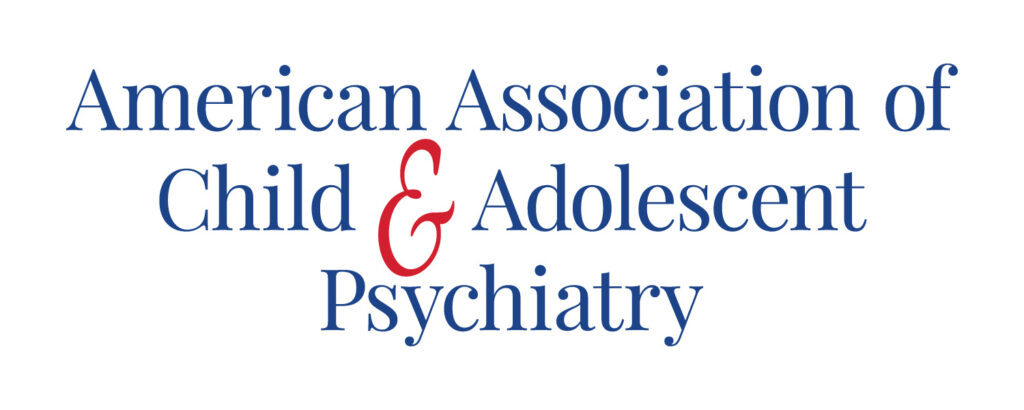Robin Harrington thought her 15-year-old daughter’s moodiness was just a teenage phase. Malika would sulk around the house, spend hours in her room on the weekends and rarely go out with friends. This went on for over a year. When Malika’s 16th birthday approached and she didn’t have plans to celebrate, Ms. Harrington knew this wasn’t a phase.
“My daughter used to be happy and carefree. She was a good student and loved life. She had lots of friends and then something happened. She changed and began to withdraw. Her birthday was the last straw. When I asked what she wanted to do, she said to stop feeling sad. I knew she was suffering,” Ms. Harrington told The Final Call.
Malika Harrington of Columbia, Md., joins the growing number of teens who experienced mental health challenges during the pandemic. The Centers for Disease Control and Prevention (CDC) found that in 2021, more than a third (37 percent) of high school students reported they experienced poor mental health during the COVID-19 pandemic, and 44 percent reported they persistently felt sad or hopeless during the past year.
“These data echo a cry for help,” explained CDC Acting Principal Deputy Director Debra Houry, M.D., M.P.H. “The COVID-19 pandemic has created traumatic stressors that have the potential to further erode students’ mental well-being. Our research shows that surrounding youth with the proper support can reverse these trends and help our youth now and in the future.”

Racism further complicated the matter with over a third (36 percent) of students reporting that they experienced racism before or during the COVID-19 pandemic. Black students and students of multiple races (both 55 percent) reported some of the highest rates of racism. Sixty-four percent of Asian students reported experiencing racism.
“The pandemic itself was the catalyst for more depression across the board, but particularly with adolescents, who were not used to being sequestered from their friends or society,” New York-based therapist Malika Ali told The Final Call. “Teenagers are usually very socially active. To have their world totally obscured for a period of approximately three years, definitely did take a toll on them in more ways than one.”
“It caused a lot of rejection, confusion and feelings of loneliness,” she said. “I saw an increase in my personal caseload of more adolescent referrals. I have more adolescent clients now than I’ve had in several years, and I don’t think that’s a coincidence.”
The American Academy of Pediatrics, American Academy of Child and Adolescent Psychiatry and Children’s Hospital Association declared a National Emergency in Child and Adolescent Mental Health in 2021 as they saw the looming problems facing youth.
“This worsening crisis in child and adolescent mental health is inextricably tied to the stress brought on by COVID-19 and the ongoing struggle for racial justice and represents an acceleration of trends observed prior to 2020. Rates of childhood mental health concerns and suicide rose steadily between 2010 and 2020 and by 2018 suicide was the second leading cause of death for youth ages 10-24,” the groups explained in a statement.
They explained that across the country there were dramatic increases in Emergency Department visits for all youth mental health emergencies including suspected suicide attempts.
Therapist Ali offers these suggestions to parents.
“Start with more quality time that involves in-depth conversations. That can be challenging for working parents,” she said. “Ask, ‘How was your day? Did anything happen in school? Who did you sit next to during lunch? What did you think about this particular lesson? Are you having any challenges with your teachers? Are you having any challenges keeping up with your coursework, your homework?’”
“Those questions are really helpful and can lead to a lot of discovery about what your adolescent, or child may be struggling with. Sometimes parents don’t know if they don’t ask. Oftentimes teenagers in particular have a tendency to be a little more reclusive and not so willing to openly disclose. They might need to be prompted with questions. Having more quality time for dialogue is good. Also add interactive activities, whether it’s playing a board game like Scrabble or Uno. Go to the park, weather permitting. Spending more one-on-one time, particularly in an environment that encourages discussion, is really helpful,” added Ms. Ali.
Mrs. Harrington found a good therapist for Malika. They have regular family discussions and are doing more things together as a family.
“My advice for parents is to watch your children carefully. You may know before they do that something is wrong,” Mrs. Harrington said. “Don’t be afraid to get them the help they need even if it means therapy.”
If you or someone you know is struggling or in crisis, help is available. Call or text 988 or chat 988lifeline.org to reach the 988 Suicide & Crisis Lifeline.













